Chosen theme: Low VOC Paint and Finishes. Make your spaces healthier without sacrificing color, durability, or style. Today we dive into smart choices, practical techniques, and inspiring stories that help you paint beautifully with fewer fumes. Share your questions in the comments and subscribe for new low‑VOC guides.
What Low VOC Paint and Finishes Really Mean
01
The Science Behind VOCs
Volatile organic compounds evaporate from wet paint and finishes, contributing to indoor pollution and that familiar “fresh paint” smell. Even after drying, off‑gassing can continue as films cure. Low VOC formulations reduce these emissions, easing headaches and irritation, and making homes safer for everyday living.
02
Reading the Label: Numbers and Certifications
Look for grams per liter (g/L) figures verified by EPA Method 24 or SCAQMD Rule 1113. Certifications like GREENGUARD Gold and EU Ecolabel add independent assurance. Check whether values exclude water and tint; zero‑VOC colorants matter. Which labels do you trust most? Tell us what guides your choices.
03
Odor Versus Emissions
A mild smell does not automatically mean low emissions, and fragrance can mask problems. Conversely, low VOC paints can have a faint odor that dissipates quickly. Always prioritize tested VOC content and curing guidance over the sniff test. Have you measured TVOC at home? Share your monitoring experiences.
Choosing Products Without Compromise
Sheen and Durability in Low VOC Formulas
From eggshell to semi‑gloss, modern low VOC acrylics deliver strong scrub resistance and beautiful touch‑ups. Resin quality and formulation drive performance more than solvents. Kitchens, baths, and kids’ rooms benefit from washable finishes. Which rooms challenge your paint most? Share your toughest cleaning tests and results.
Color Accuracy and Coverage
Zero‑VOC colorants help keep emissions low, even in deep, saturated hues. Expect excellent hide with high‑quality pigments and a unified system. For bold colors, a tinted low VOC primer boosts coverage and consistency. What colors are on your wish list? Tell us how coverage matched your expectations.
Specialty Finishes: Sealers, Stains, and Topcoats
Waterborne polyurethanes, low VOC acrylic lacquers, and plant‑based hardwax oils offer protective beauty with minimal fumes. For masonry, mineral silicate paints provide breathability and durability. Always check the Safety Data Sheet for total content and application notes. Which specialty finish tempts you next? Ask for tailored recommendations.

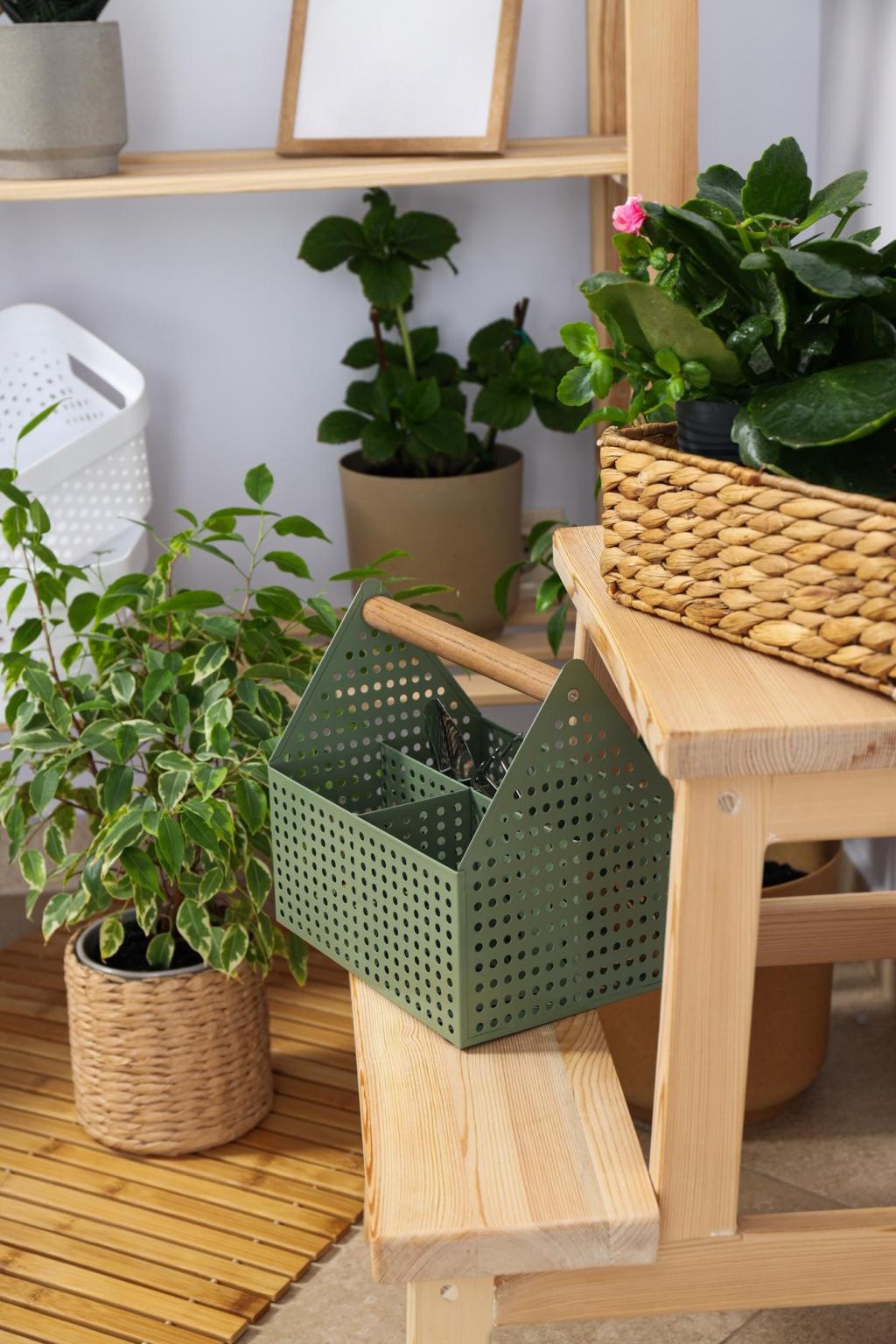
Prep and Application for Healthier Results
Create cross‑ventilation with two open windows and a box fan exhausting outward. A HEPA purifier with activated carbon can help during early cure. Humidity slows drying, so monitor conditions and extend recoat times if needed. What’s your ideal schedule? Share tips that helped your space clear faster.
Prep and Application for Healthier Results
Use low‑VOC degreasers and mild surfactants for cleaning, then rinse thoroughly. Choose wet sanding or a vacuum sander with HEPA filtration to control dust. Low VOC bonding or stain‑blocking primers improve adhesion and color uniformity. Which prep step made the biggest difference for you? Tell us below.
For Families, Pets, and Sensitive Noses
Paint the nursery at least two weeks before move‑in, ventilating continuously and closing doors at night. Choose low VOC or zero‑VOC products with GREENGUARD Gold certification. Use an air purifier with carbon to capture odors. Parents, what timeline worked best for you? Share your step‑by‑step plan.


For Families, Pets, and Sensitive Noses
Consult the Safety Data Sheet to avoid isocyanate‑containing two‑part coatings, added formaldehyde donors, or strong ammonia. Patch test a small area and monitor symptoms during curing. Discuss options with your healthcare provider if sensitivities are severe. Which formulas felt most comfortable for your household? Tell us your picks.
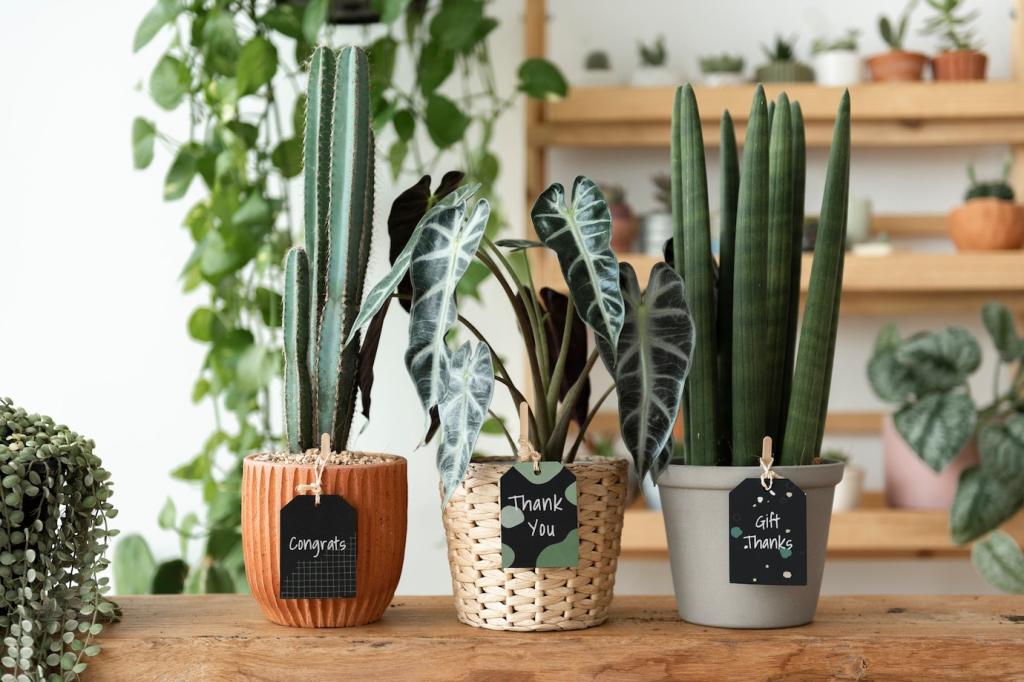



Life‑Cycle Thinking
Durability reduces repaint frequency, saving energy and materials over time. Some low VOC products incorporate biobased binders or recycled content, lowering environmental impact. Balance eco‑claims with verified performance and third‑party certifications. Which brands strike the best balance for you? Share your life‑cycle wins and lessons.
Disposal and Recycling
Never pour paint down drains. Dry out leftover latex for curbside disposal where permitted, or donate usable quantities to community projects. Household hazardous waste sites handle oil‑based materials safely. What local programs have helped you reduce waste? Post resources others in your area can use.
Measuring Indoor Air Quality
Consumer monitors can track TVOC trends during and after painting. Expect a spike during application and decline as films cure, especially with low VOC products. Record a baseline for comparison. Do you have graphs or notes to share? Upload your observations and tips for cleaner readings.
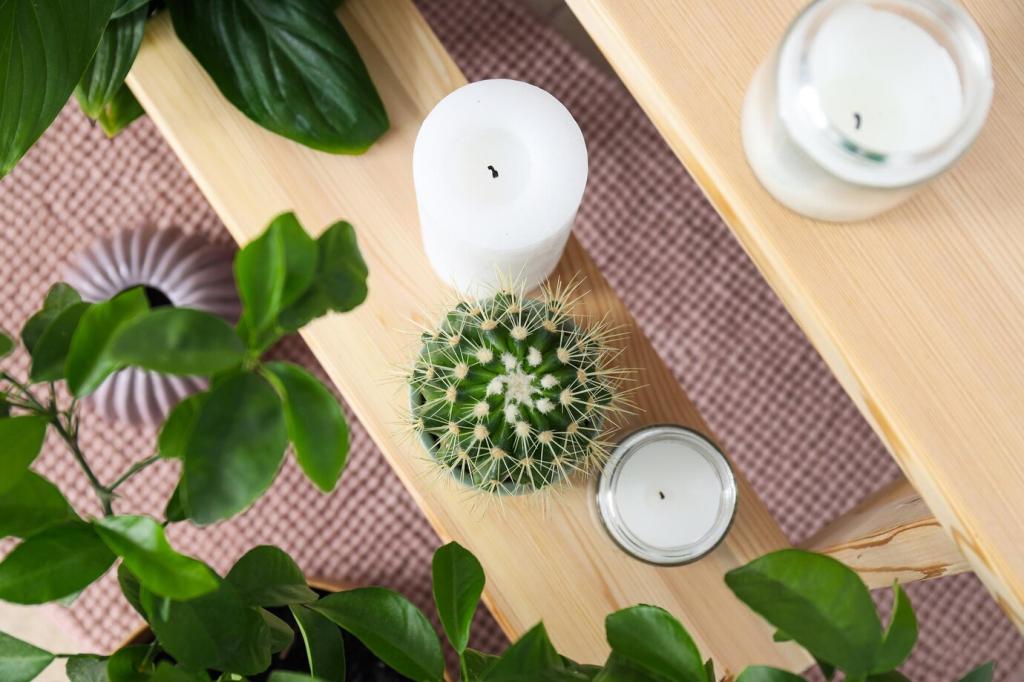
Join the Conversation
What worries or confuses you most about low VOC paint and finishes? Post your questions, product experiences, and room photos. We read every comment and curate answers for upcoming guides. Your insights help the whole community breathe easier and choose smarter.
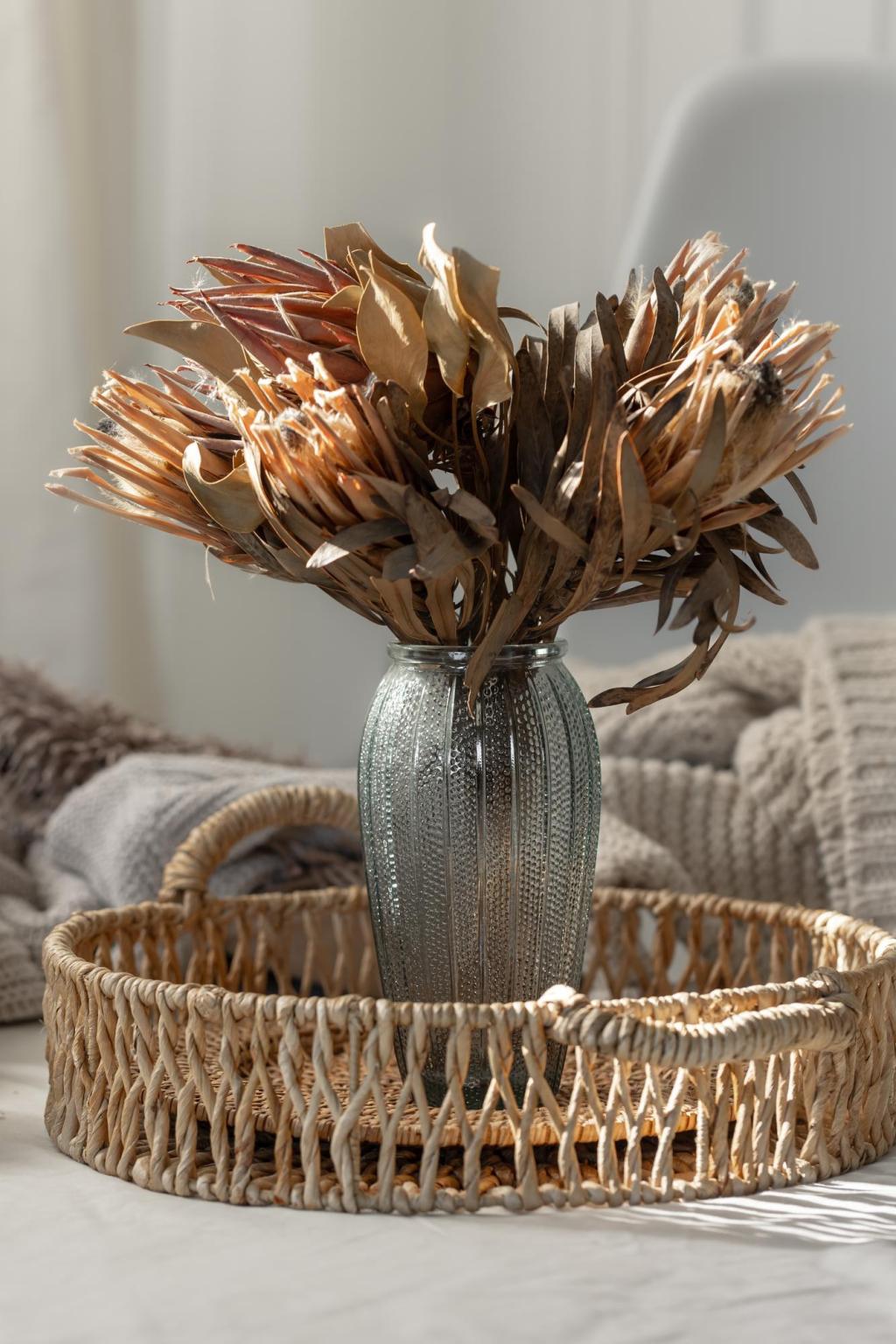
Try a Micro‑Project Challenge
Create sample boards with two low VOC paints and one low VOC clear finish over a primed panel. Evaluate hide, sheen uniformity, and odor after twenty‑four hours. Share your notes and photos. We’ll feature standout experiments in a future roundup to inspire confident choices.
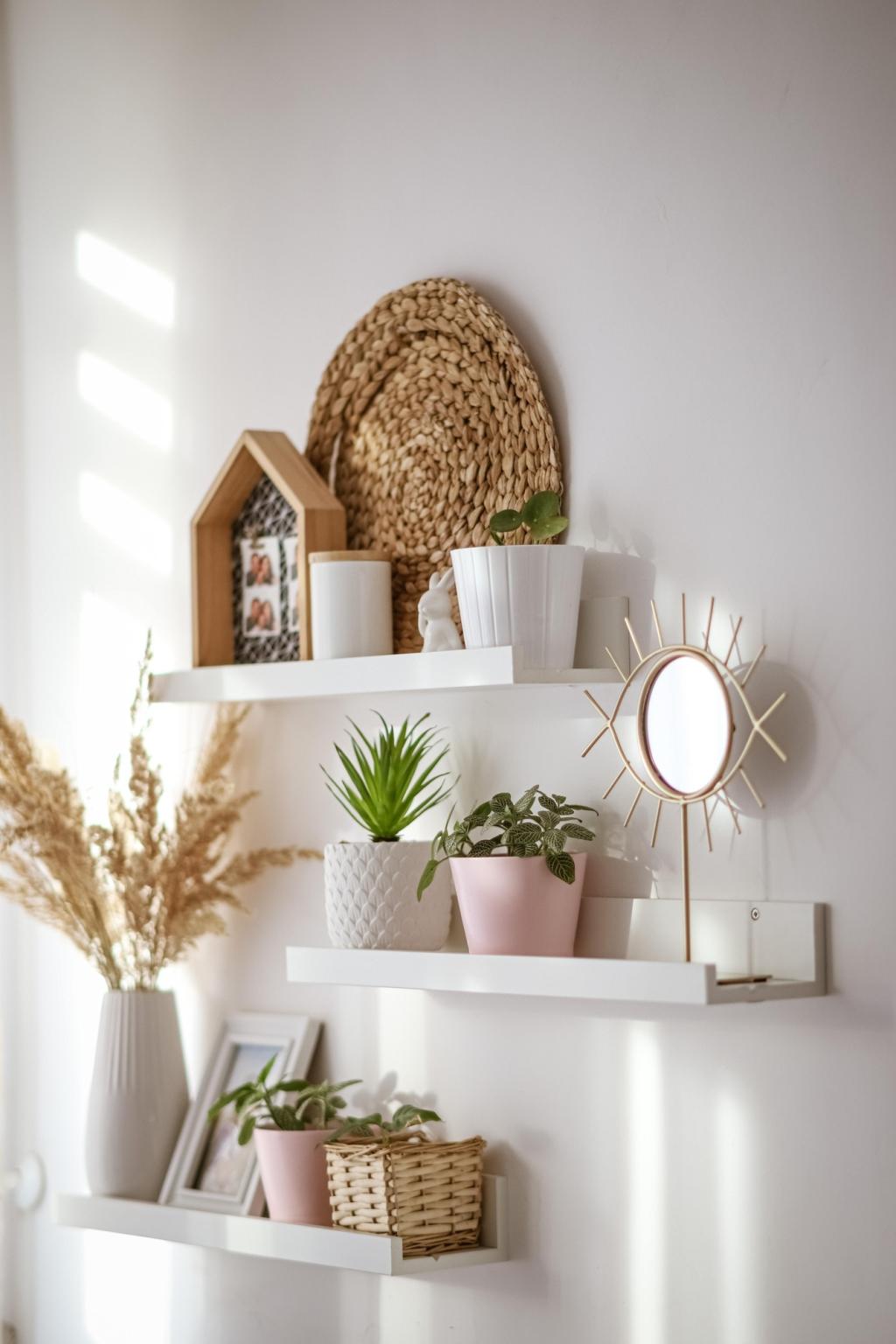
Subscribe for Updates
Sign up for monthly updates on Low VOC Paint and Finishes, including checklists, product comparisons, and case studies. Expect practical techniques, healthier home strategies, and science‑backed explanations. Want early access downloads and printable guides? Subscribe today and never miss the next deep dive.
